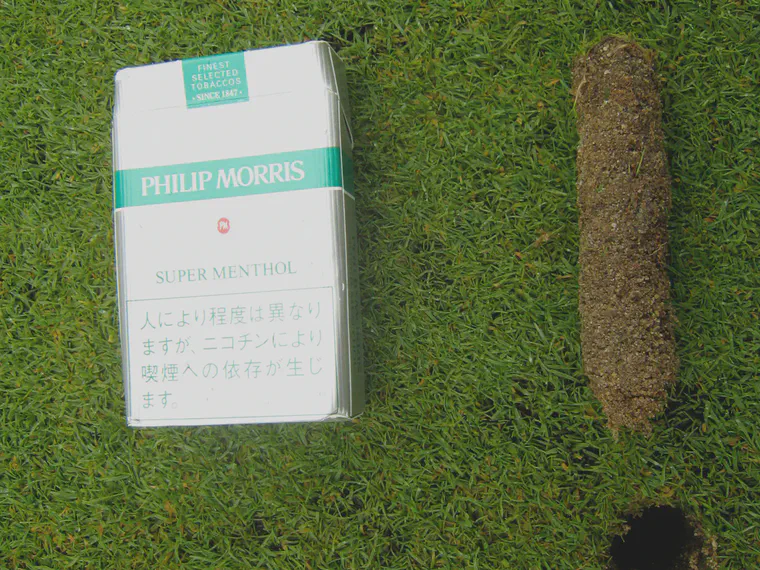Nitrogen rate as a pendulum swing
One of the many ways to learn is through conversations with industry veterans. Their wisdom about how turf is managed now, and how it was managed in the past, can be invaluable. If they’ve already seen what has worked, and have also seen what has failed, those of us with less experience can apply that knowledge to avoid mistakes. We can more effectively use the grasses and maintenance techniques that will get results. In short, I listen carefully to those with more experience that I have.
That’s why I’ve been struck by a few recent conversations with experienced superintendents and agronomists. The conversations involve nitrogen rates and sand topdressing of putting greens, and they go something like this.
Micah, we’ve seen this before, where the nitrogen rate gets lower and lower. It works for a while, and then the greens fail. And same with sand, you can cut sand and get a lot of compliments about how great the greens are, and get addicted to those conditions and those compliments, but then it comes back to bite you. It’s like a pendulum swing, where the N rates get down to almost nothing in pursuit of fast greens, and then there are all kinds of problems, and the pendulum swings back to more N. And right now, with some of the things that you are recommending, it seems like the swing is moving in a risky direction. I sure hope they don’t run into problems.
I understand that there have been swings in the way turf is managed. See, for example, Have we gone too far with low nitrogen on greens?, from the Green Section Record in 1985 by Al Radko. I think the pendulum has swung back and forth a time or two since then.

I had one of those conversations recently. My side of the conversation acknowledged that there have been swings in N rates and topdressing amounts. But I also made the point that I’m not so concerned with the exact N rate. By measuring clipping volume, a turf manager is able to check how much the grass is growing, and can make adjustments to make sure the grass is producing enough growth. And sand topdressing can be adjusted with precision by using OM246 testing of total organic material in the rootzone. In short, if the N rate is too low, clipping volume will tell you. If the sand rate is too low, OM246 results will tell you. That takes all the risk away, doesn’t it?
Rather than a pendulum shift, I look at adjusting N rates and sand topdressing amounts with the help of clipping volume and OM246 as a way to find the site-specific amounts that are necessary for any property. This method of measuring aboveground growth (ClipVol) and belowground growth (OM246) simultaneously seems like it actually reduces risk.
This is an interesting discussion to have, and I guess we will find out some decades from now, looking back on this time, if it is a pendulum swing, or if things work as I expect they do.